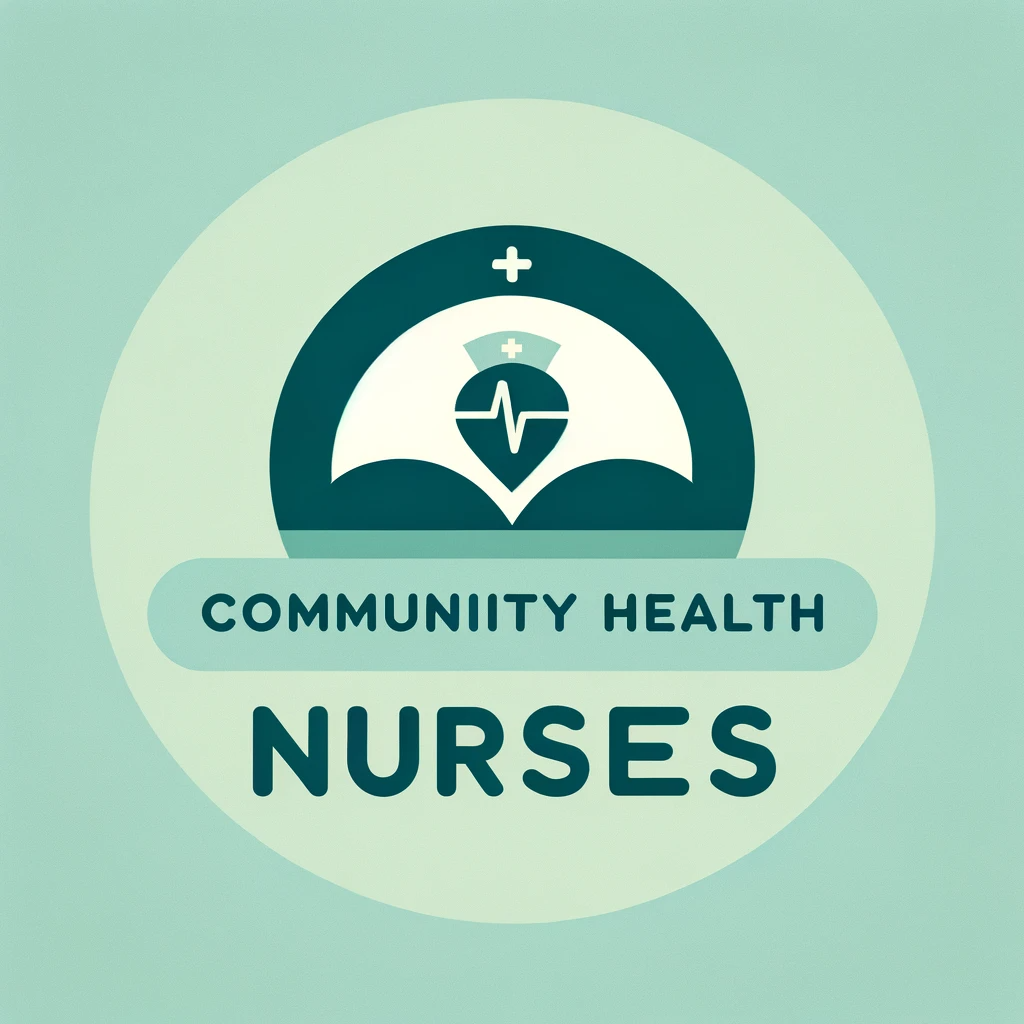Community health nurses are vital in the healthcare sector, focusing on individual and community well-being. They serve in various settings like clinics, schools, and community centers, emphasizing healthcare delivery and health education.
Role in Chronic Disease Management
Community health nurses are instrumental in managing chronic diseases within the community setting. Their roles are multifaceted and critical for effective disease management and patient support. The key responsibilities include:
Health Assessments and Care Planning
- Conducting Comprehensive Health Assessments: Nurses perform thorough assessments to identify health risks, disease symptoms, and factors affecting the patient’s health.
- Developing Individualized Care Plans: Based on these assessments, they create tailored care plans focusing on the specific needs and conditions of each individual.
Health Education and Promotion
- Educating Patients and Communities: Nurses provide essential education about chronic diseases, including prevention strategies, symptom management, and lifestyle modifications.
- Promoting Healthy Behaviors: They encourage practices such as healthy eating, regular exercise, and adherence to medication regimens.
Facilitating Healthcare Access
- Navigating Healthcare Services: Community health nurses assist patients in accessing necessary healthcare services, which can include specialist care, rehabilitation, or support services.
- Resource Linkage: They connect patients with community resources that can help manage their conditions, such as nutritional programs or fitness classes.
Care Coordination
- Coordinating with Healthcare Providers: They play a vital role in coordinating care among various healthcare professionals, ensuring a cohesive approach to patient care.
- Advocacy: Nurses advocate for patients’ needs and rights, ensuring they receive appropriate and timely care.
Chronic Disease Monitoring and Management
- Monitoring Disease Progression: Regular monitoring of chronic conditions to assess the effectiveness of treatment plans and make necessary adjustments.
- Medication Management: Assisting patients with medication management, including education about drug interactions and side effects.
Support and Counseling
- Providing Emotional and Psychological Support: Offering counseling and support to patients and their families to cope with the challenges of living with a chronic disease.
- Support Groups and Community Engagement: Facilitating or referring patients to support groups and encouraging community engagement for broader support networks.
Addressing Social Determinants of Health
- Holistic Approach: Recognizing and addressing the broader social determinants that impact health, such as socioeconomic status, living conditions, and education.
- Tailored Interventions: Creating interventions that are sensitive to the cultural, economic, and social contexts of the patients.
In summary, the role of community health nurses in chronic disease management is comprehensive, extending from direct patient care and education to coordination and advocacy, ensuring holistic and effective management of chronic conditions within the community.

The Challenge of Chronic Diseases
Chronic diseases present a significant challenge to both individuals and healthcare systems globally. Understanding the scope and impact of these diseases is crucial in developing effective strategies for management and prevention.
Growing Prevalence
- Widespread Impact: Chronic diseases such as heart disease, diabetes, cancer, and respiratory conditions are prevalent worldwide.
- Rising Incidence: The incidence of these diseases is increasing, partly due to aging populations and lifestyle factors.
Economic and Healthcare Strain
- High Healthcare Costs: Chronic diseases account for a substantial portion of healthcare expenditures due to long-term management and treatment needs.
- Resource Allocation: They strain healthcare systems, requiring ongoing medical attention and resources.
Lifestyle Factors
- Diet and Physical Activity: Poor dietary habits and lack of physical activity are significant contributors to the development of many chronic diseases.
- Tobacco Use and Alcohol Consumption: These are known risk factors for various chronic conditions.
Aging Populations
- Increased Vulnerability: Older populations are more susceptible to chronic diseases, posing challenges in care management as the global population ages.
- Complex Health Needs: Aging individuals often have multiple chronic conditions, requiring more complex healthcare strategies.
Changes in Healthcare Systems
- Shifting Focus: There’s a need to shift from acute care to long-term management strategies in healthcare systems.
- Integrated Care Models: Developing models that integrate various health services and providers is essential for effective chronic disease management.
Impact on Quality of Life
- Physical Limitations: Chronic diseases can lead to reduced physical capabilities and independence.
- Psychosocial Impact: They also affect mental health, leading to conditions like depression or anxiety.
Management Challenges
- Long-term Management: Chronic diseases require ongoing, often life-long management, which can be challenging for both patients and healthcare providers.
- Patient Compliance and Education: Ensuring that patients adhere to treatment regimens and understand their condition is crucial but often difficult.
Prevention and Early Detection
- Importance of Early Detection: Early detection and intervention can significantly alter the disease course.
- Preventive Measures: Lifestyle modifications are essential in preventing the onset of many chronic diseases.
The Role of Public Health
- Public Health Initiatives: Strategies to promote healthy lifestyles and prevent chronic diseases are crucial at the public health level.
- Addressing Social Determinants: Tackling the social determinants of health is vital for reducing the incidence and impact of chronic diseases.
In summary, the challenge of chronic diseases lies in their complexity, prevalence, and the long-term engagement required for effective management. Addressing these challenges requires a multifaceted approach, including healthcare system reform, public health initiatives, patient education, and a focus on prevention and early intervention.
Strategies in Community Settings
Impact on Chronic Disease Outcomes
Empowerment and Quality of Life
Challenges in Community Health Nursing
Conclusion
Community health nurses play a crucial role in managing chronic diseases. By empowering individuals and addressing holistic needs, they significantly improve health outcomes, despite facing challenges like limited resources and workforce shortages. Their dedication to health education, care coordination, and advocacy continues to make a substantial impact in community health.
Enhancing Nursing Education Through Simulation-Based Learning
